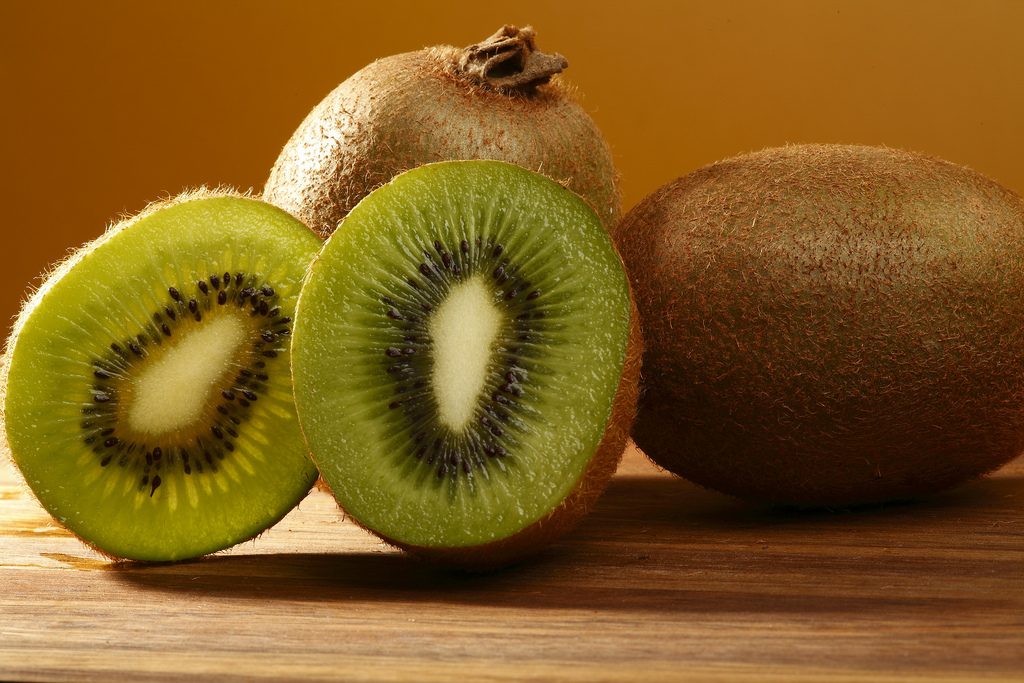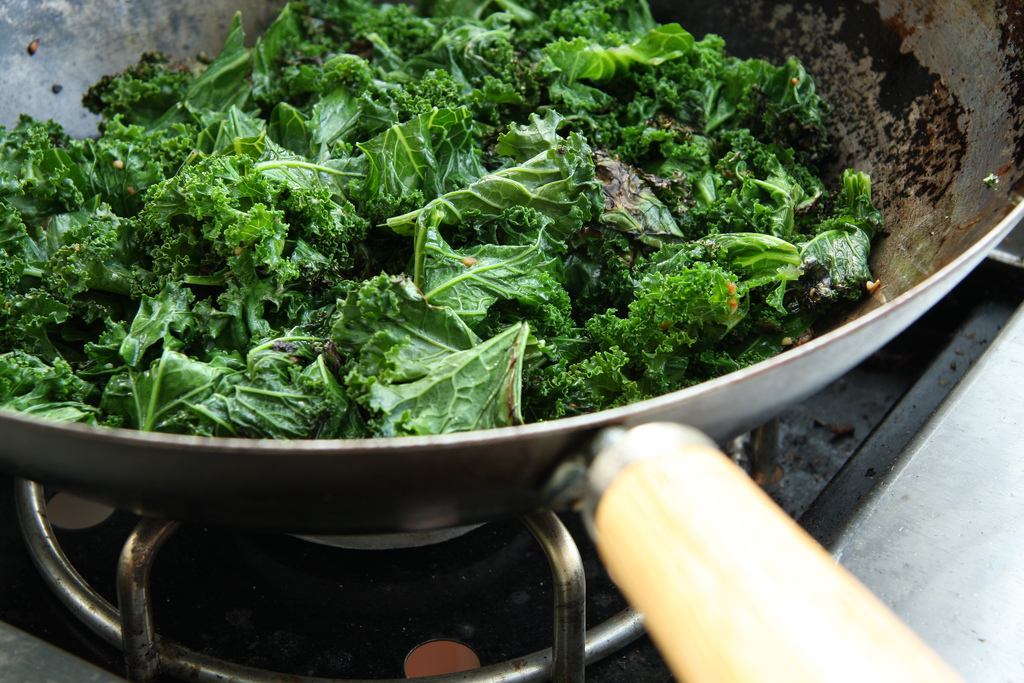Food fads of the hipster Chinese
Why are China’s millennials obsessed with avocado? ‘Is kale edible?’ China’s hipsters hop on the health food bandwagon, but hit a few bumps along the way.

China’s food culture has a long and complex history. There are scores of cooking styles, and a huge variety of cooking methods even within each of the “Eight Great Regional Cuisines.” Ingredients range from international staples to specialties that many non-Chinese find unappetizing.
But many common foods on dinner tables in the West rarely appear on a Chinese menu. For instance, despite the long-existing presence of cheese in nearly every cuisine in the world, it has yet to become an essential component in the Chinese diet. Even though cheese has been made in Yunnan Province and Inner Mongolia for centuries, and European-style cheese is now more popular in China than ever before, it is often served in milder flavors tailored to Chinese palates.
One aspect of the Chinese diet that is increasingly similar to the West: China’s economic rise has brought a staggering growth of meat consumption. In ancient China, meat was considered a rare luxury. The symbolic meaning of meat eating endured for so many centuries that — even though the country now consumes more than a quarter of the world’s meat — Chinese people still use the idiom “Why don’t they eat meat?” (何不食肉糜 hébúshíròumí), a Chinese equivalent of the “Let them eat cake” remark attributed to Marie-Antoinette. The Chinese phrase is said to originate from the Emperor Hui of Jin’s tone-deaf reply to his aides when told that his people were starving and had no rice to eat.
China’s taste for meat has now become a national concern. To curb citizens’ consumption of the resource-intensive food, the central government issued a set of dietary guidelines last year, hoping to cut the country’s meat sales by 50 percent by 2030. Many people argued that the plan indicates China’s determination to ameliorate climate change, since the potential reduction of meat consumption could save plenty of land and water resources and cut food-related greenhouse gas emissions significantly.
What are the youngsters eating?
It’s not just meat, cheese, Big Macs, and French wine that have become part of the Chinese diet. Young urban Chinese are also starting to eat many of the foods that older generations never found unappetizing. Below are five such foods:
Hipsters beware: The Chinese are coming for your avocado toast

China is developing a taste for avocados, which is going to affect foodies around the globe — yes, and by this I largely mean hipster millennials who have already had their brunch bills increased by an ongoing avocado shortage and price hikes caused by a farmers’ strike in Mexico and a drought in California.
Avocados (鳄梨 èlí, or 牛油果 niúyóuguǒ) were first introduced into China in 1925, but it was not until recent years that the Chinese started eating them in any numbers. A report in the Financial Times in April 2017 suggested that the annual volume of avocados imported from Latin American nations to China skyrocketed from 154 tonnes to more than 25,000 tonnes in the past four years — that’s about 147 million avocados a year.
The surge is in large part due to the burgeoning health-conscious middle class, as avocados are still only available in high-end supermarkets in major Chinese cities. And just as meat eating was a status marker in earlier times, the modern middle classes view avocados as premium and fashionable.
Kiwifruit (aka Chinese gooseberries)

There are two common Chinese words for kiwifruit: qíyìguǒ 奇异果 and míhóutáo 猕猴桃. The former literally means “exotic fruit,” which gives you an idea of how odd the fruit first seemed to Chinese people when it arrived in mainland markets in the 1990s. In fact, the origin of this fuzzy-skinned fruit is native to China, where the first recorded description of it dates back to the Song dynasty. It was not until 1904 that a visiting New Zealand school headmistress who was traveling in China introduced kiwifruit seeds to her home country. She called them Chinese gooseberries. In 1959, farmers in New Zealand named the fruit after the island nation’s iconic flightless bird — the kiwi — and marketed it worldwide.
More than a century after New Zealand implemented large-scale commercial planting of kiwifruit, the Chinese gooseberry is heading home. Kiwifruit have become standard fare on restaurant fruit platters, and young, health-conscious Chinese are creating a huge demand: According to Stuff.co.nz, New Zealand exports around 400,000 tonnes of kiwifruit a year, while China grows about 1 million tonnes.

Is kale edible?
Sautéed, raw in salads, roasted as “chips,” or tossed into basically any cooked dish, kale (羽衣甘蓝 yǔyīgānlán) is the green that has conquered hipster and health food menus in Western countries for many years. Promoted by supermarkets and health food gurus in the U.S. as a “superfood,” kale is yet to become a common item on Chinese dining tables, possibly because the Chinese diet generally includes so many healthy green vegetables that marketing may not be able to make kale compete. For example, a cousin of kale often known as Chinese broccoli (芥蓝 gàilán) is nothing new to Chinese cuisine.
But kale is available in many foreign café chains in Beijing and Shanghai, and it’s starting to find its way onto the Chinese table. If you search for kale’s Chinese name on Baidu.com, the website’s autocomplete feature will very likely give you suggestions such as “Is kale edible?,” “How to cook kale?,” and “Where to buy kale?”

Olive oil and smoke points
Olive oil (橄榄油 gǎnlǎn yóu) was first imported into China in the 1980s and has been widely praised as a healthy and tasty oil to cook and season food with. But the typically Mediterranean oil only really began to attract Chinese consumers’ attention at the beginning of the 2000s.
China now has a sizable olive oil industry. According to official sources cited by the International Olive Council (IOC), in the 2015–2016 crop year, China produced 5,000 tons of olive oil, a 75 percent surge compared with the previous season. In China, the total amount of land for olive planting was reported to be around 86,000 hectares. This is still far off enough to meet demand. Domestic production only represents about 12 percent of the country’s current needs, with imports last year close to 36,000 tons, the IOC said in its 2016 August newsletter.
Will olive oil replace other vegetable oils such as peanut and soybean oil to become the most commonly used cooking oil for Chinese? The answer is likely no, simply because extra virgin olive oil has a smoke point of only 191 degrees Celsius (375 degrees Fahrenheit), which makes it unsuitable for many cooking methods essential to Chinese cuisine, such as stir-frying, deep-frying, or any cooking style that requires high heat.

Yogurt
The history of yogurt (酸奶 suānnǎi) in China dates back to the 5th century A.D., when the recipe was documented in an agricultural encyclopedia called Essential Techniques for the Welfare of the People (齐民要术 qímínyàoshù). The mass production of yogurt began in China in the 1980s, and it soon became common to see yogurt sold in little ceramic pots at street stalls and other northern cities.
But the mass production and sales of yogurt only really took off in the 1990s, as in-store refrigerators became common and multinational packaged food companies began filling them with flavored yogurts. Given the high rate of lactose intolerance among the Chinese population, the booming popularity of yogurt — which contains significant, albeit smaller amounts of lactose relative to many dairy products — might sound odd. But numbers don’t lie. According to an industry report (in Chinese) released by China’s Industrial Information Network, the size of China’s yogurt market is predicted to reach 190 billion yuan ($28.5 billion) by 2020, which will comprise 50 percent of all liquid dairy products sold in China. Meanwhile, yogurt consumption per capita is expected to catch up with the United States by 2020 with a number of 8.4 kilograms (18.5 pounds), representing a 75 percent increase from its current level of 4.8 kilograms (10.5 pounds).
Though the whole nation is consuming more yogurt than ever before, it is worth noting that Chinese customers have their own preferences. A 2015 survey shows that unlike Americans who like to eat yogurt for breakfast or the French who typically eat yogurt as a dessert, Chinese people prefer to drink their yogurt rather than use a spoon. Because of this, it will still take time for Chinese consumers to develop a taste for yogurt with a thick texture, such as Greek yogurt.






